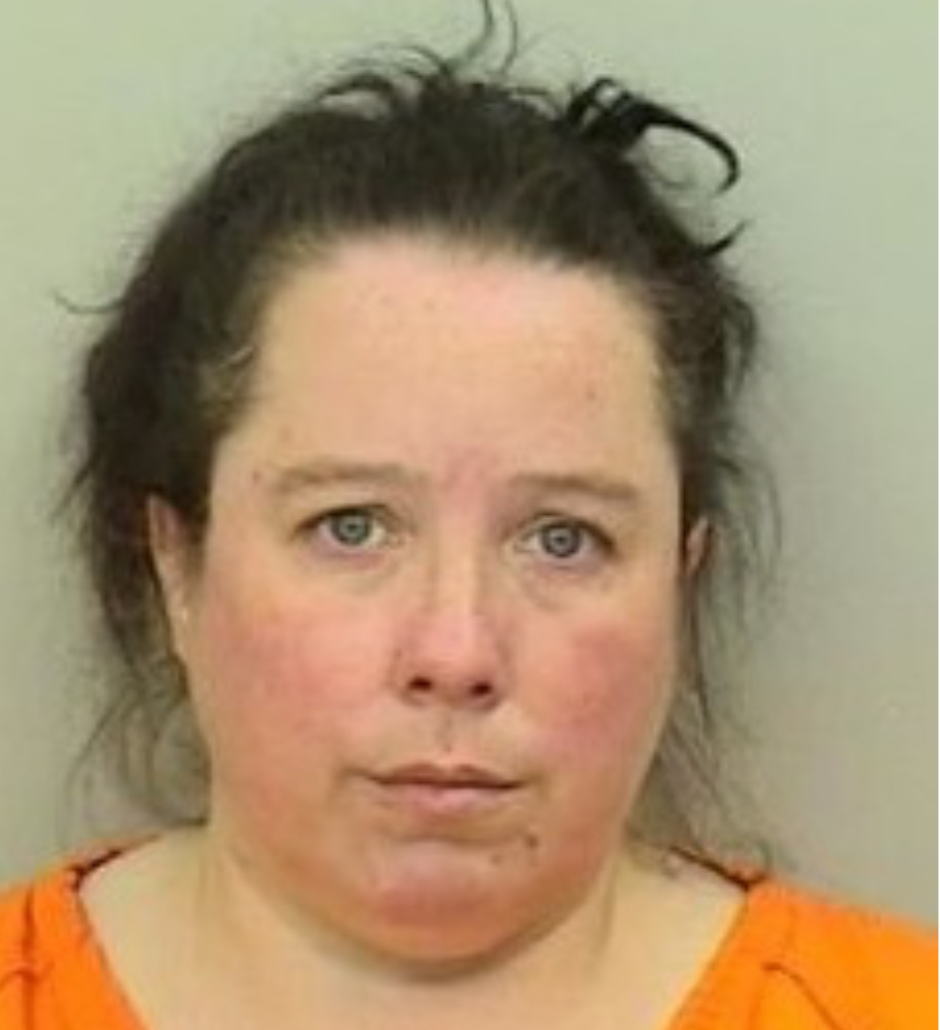Large dead zone forecast for Gulf
Published 6:00 pm Wednesday, June 10, 2020
The Gulf of Mexico “dead zone” is forecast to be larger than average this summer with up to 7,889 square miles affected. The forecast is close to the record size of 8,776 square miles set in 2017 and larger than the five-year average measured size of 5,770 square miles.
The Gulf’s dead zone is an area of little-to-no oxygen that forms every summer and is deadly to marine life.
Oceanographers with the National Oceanic and Atmospheric Administration said the dead zone is primarily caused by excess nutrient pollution from human activities — such as urbanization and agriculture — occurring throughout the Mississippi River watershed.
Trending
The river’s watershed includes parts of 31 states and two Canadian provinces and comprises about 40 percent of the land in the continental United States, according to the NOAA.
When the nutrient-rich freshwater flows into the Gulf of Mexico in the spring and early summer from the mouths of the Mississippi and Atchafalaya rivers, it forms a separate lighter layer of water atop saltier, heavier Gulf waters.
“Once the excess nutrients reach the Gulf they stimulate an overgrowth of algae, which eventually die, then sink and decompose in the water,” the agency said.
Some marine creatures such as fish and shrimp can move to better waters, but starfish and other bottom-dwellers die. With larger dead zones, even fish sometimes can’t avoid it.
The consequences of the dead zone can ripple up through the food chain, eventually affecting fish that commercial and recreational anglers go after.
While nutrient inputs to the Gulf of Mexico vary from year to year because of natural swings in precipitation and discharge, the U.S. Geological Survey also tracks longer-term gradual changes in nitrate and phosphorus loading into the Gulf from the Mississippi River.
Trending
“Long-term monitoring of the country’s streams and rivers by the USGS has shown that while nitrogen loading into some other coastal estuaries has been decreasing, that is not the case in the Gulf of Mexico,” said Don Cline, associate director for the USGS Water Resources Mission Area, in a news release.
The solution would be for more farmers up north to use less chemicals in their crops, but their agricultural runoff is exempt under the Clean Water Act. We need to find smart policies to address this problem. Until then, all we can do is hope each year that the zone doesn’t get too much larger.





